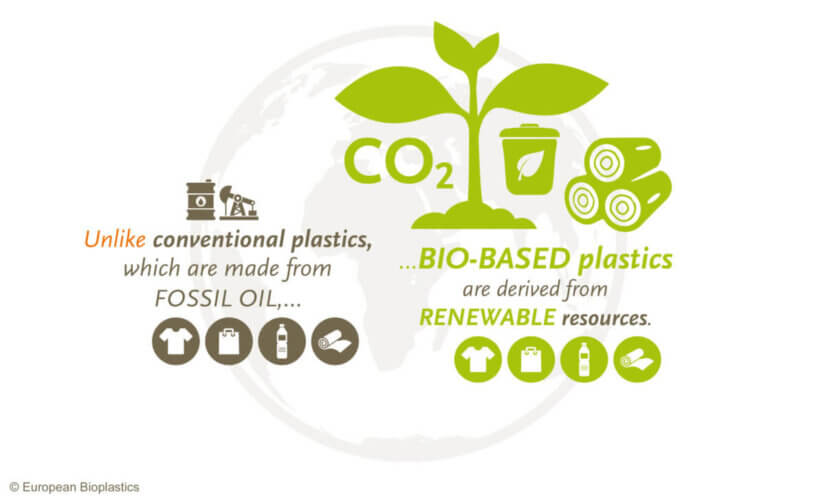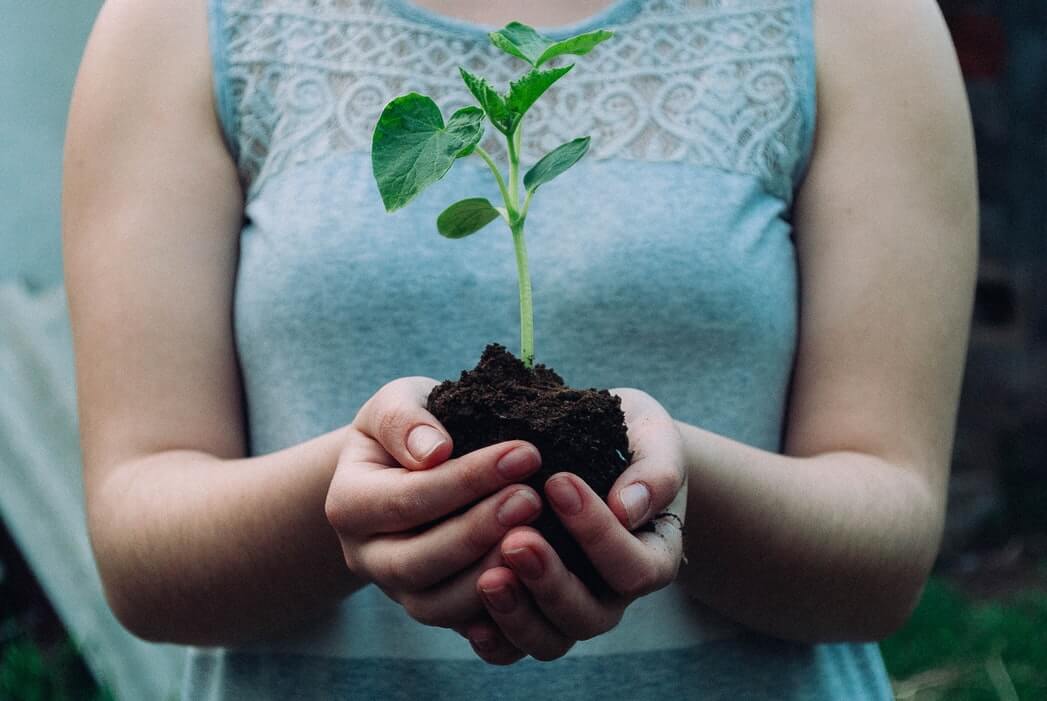Using Biodegradable Plastic in Manufacturing
Bioplastics are a type of biodegradable plastic that is derived from biological substances.
Conventional plastics are made from petroleum. Petroleum is a non-renewable resource that requires substantial energy to process and poses environmental hazards. Petroleum-based plastics also often contain BPA, which can be toxic. At end of life, conventional plastics take hundreds if not thousands of years to decompose in landfills.
Bioplastics can perform like conventional plastic in products without the negative effects, as they are made from biological materials instead of fossil fuels.
Here are several different types of bioplastic that can be used in injection-molding machines.
Hemp
Hemp is one of the strongest natural fibers. It can be used as a stand-alone material or blended with conventional plastic to reduce the amount of fossil-fuel-based plastic used. Hemp-blended plastic can be not only significatively stiffer but also stronger than conventional materials. Standard injection-molding machines can be used without any modifications.
Polylactic Acid (PLA)
PLA is usually made by fermenting corn, sugar beet, sugarcane, or potatoes. The resulting starch is mixed with acid or enzymes and heated to break down the material into dextrose. The building blocks are either lactide monomers or lactic acid depending on the desired molecular weight. PLA is the second most used biodegradable plastic in the world and can be processed by injection molding and almost any other manufacturing process that involves thermoplastic components. It is relatively expensive in comparison to plastics derived from fossil fuels. However, as a bio-based and biodegradable material, it offers some unique benefits.

Starch-Based Plastics/Thermoplastic Starch (TPS)
TPS is the most commonly used bioplastic, and is typically used for disposable items such as packaging. Products made from TPS are considered to be entirely biodegradable, and access to this raw material is easy and abundant. Starch-based plastics are generally a blend of starch and other compostable plastics, such as PLA.
Polyhydroxyalkanoates (PHAs)
PHAs can be created by the culturing of a microorganism. Vegetable oils, or corn, potatoes, and other carbs can be used as raw material for the fermentation. As a thermoplastic, PHAs can be processed on traditional equipment, and unlike PLA, they’re stable under UV light, and are ideal for food packaging as they do not easily absorb odors.

